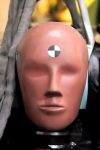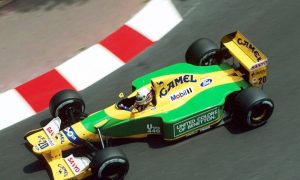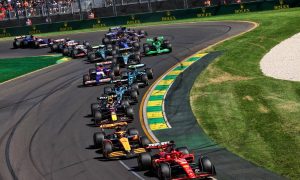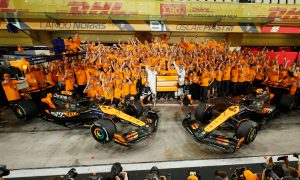After a stint with Audi in the World Endurance Championship, Jörg Zander is back with Sauber as the Swiss outfit's new technical director in 2017. The 52-year-old engineer is in familiar territory, having worked in Hinwill as Saubers' chief designer between 2006 and 2007. Time to catch-up and probe his thoughts on F1's new regulations and changes.

Jörg, welcome back to Sauber! The first weeks in Hinwil are over, what are the first impressions about the potential and capabilities within the factory? Can you draw a comparison to 2006/2007 yet – your last time at Sauber?
Jörg Zander: “First of all, the impressions are positive. I have received a warm welcome and felt comfortable early on in a well-known environment. I am pleased with the attitude of my team. After the frustrations and fears of the recent turbulence, everyone is now much more motivated. There are obviously expectations; the team wants change, stability and direction and that is what we strive to achieve together. The technical conditions are ideal. In terms of the development and production we are independent, which enables short development cycles and flexibility. The Sauber wind tunnel is one of the best aerodynamic development sites in professional motorsport. The model parts for the wind tunnel tests are created in a short time in our own rapid prototyping with SLS- and SLA-systems. This enables efficient aerodynamic development. In terms of the chassis, we can create all carbon composite structures on our own. A lot has happened in the past years.”
Tell us about your tasks as a Technical Director.
Jörg Zander: “To begin with, my tasks are the definition and optimization of the technical organizational structure. We have brilliant engineers and technicians here, so we now have to combine these competences and resources according to the requirements. It is important that we optimize our communication and decision processes, so that we can work even more efficiently. Furthermore, my focus is in engineering, mainly leading and guiding the construction as well as development departments. The concept of our racing cars is mainly defined through vehicle dynamics, aerodynamics and vehicle construction. With team work we develop the direction – based on facts. Besides the empirical investigations in the wind tunnel, the vehicle functionalities and dynamics are analyzed and predetermined with the aid of simulations. I want to make sure that these analytical processes for defining the vehicle concepts are connected, so that we can produce results in an efficient way, which is the baseline for vehicle concept decisions. I also want to play a part in contributing to our team with everyone sticking together even more in order to support, exchange ideas and understand each other. Formula One is a team sport!”

 '
'





